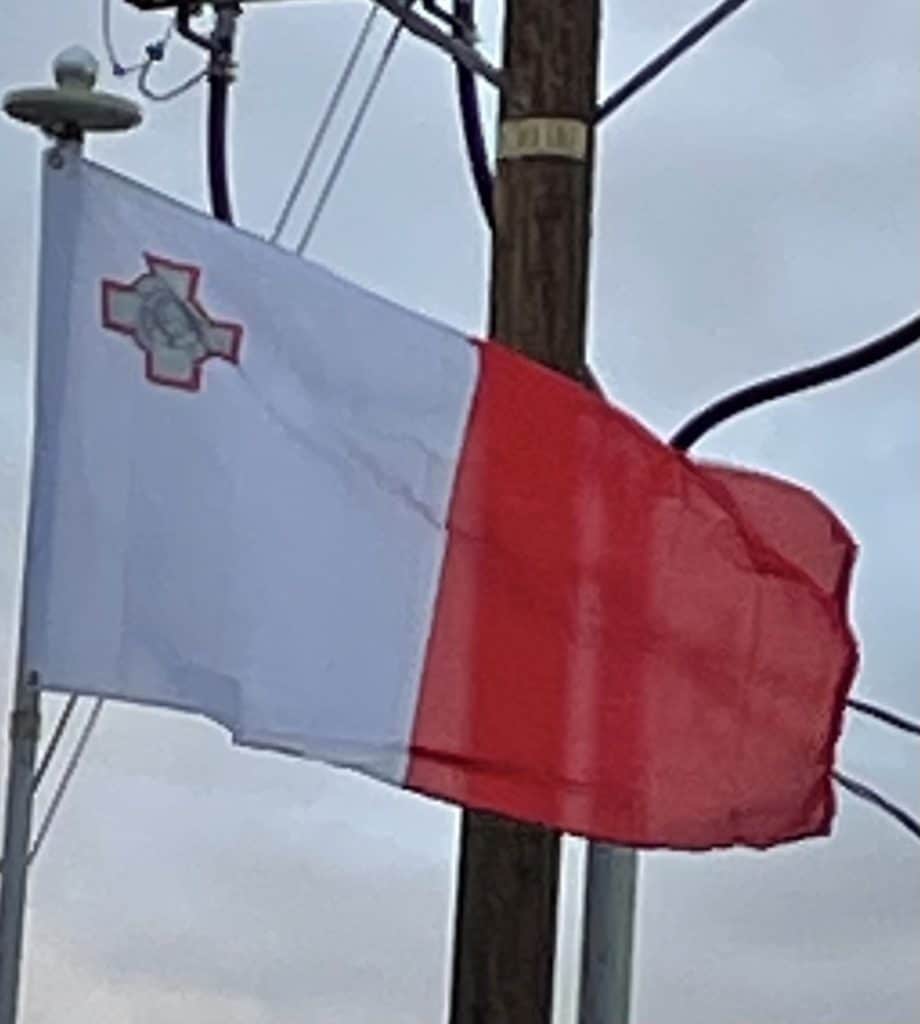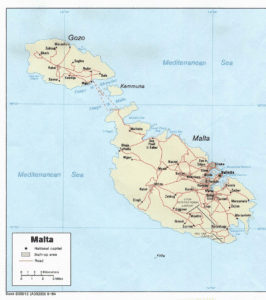
Buses (xarabank or karozza tal-linja) are the primary method of public transport, established in 1905. Malta’s vintage buses operated in the Maltese islands up to 2011 and became popular tourist attractions in their own right. To this day they are depicted on many Maltese advertisements to promote tourism as well as on gifts and merchandise for tourists.
From 1883 to 1931 Malta had a railway line that connected Valletta to the army barracks at Mtarfa via Mdina and a number of towns and villages. The railway fell into disuse and eventually closed altogether, following the introduction of electric trams and buses. At the height of the bombing of Malta during the Second World War, Mussolini announced that his forces had destroyed the railway system, but by the time war broke out, the railway had been mothballed for more than nine years.
Malta has three large natural harbors on its main island:
The Grand Harbour (or Port il-Kbir)
Marsamxett Harbour
Marsaxlokk Harbour
There are also two man-made harbors that serve a passenger and car ferry service that connects Ċirkewwa Harbour on Malta and Mġarr Harbour on Gozo. The ferry makes numerous runs each day.
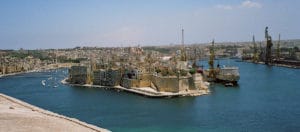
Malta International Airport (Ajruport Internazzjonali ta’ Malta) is the only airport serving the Maltese islands. It is built on the land formerly occupied by the RAF Luqa air base. A heliport is also located there, but the scheduled service to Gozo ceased in 2006. The heliport in Gozo is at Xewkija. Since June 2007, Harbour Air Malta has operated a thrice-daily floatplane service between the sea terminal in Grand Harbour and Mgarr Harbour in Gozo.
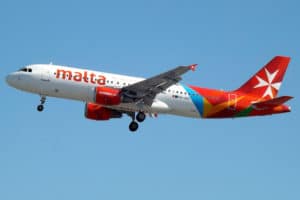
Flag of Malta:
The flag of Malta is a bicolor, with white in the hoist and red in the fly. A representation of the George Cross, awarded to Malta by George VI in 1942, is carried, edged with red, in the canton of the white stripe.
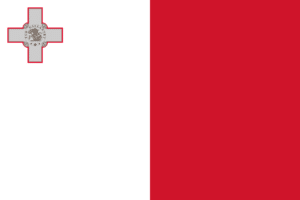
Tradition states that the colors of the flag were given to Malta by Roger I of Sicily in 1090. Roger’s fleet landed in Malta on the completion of the Norman conquest of Sicily. It is said that local Christians offered to fight by Roger’s side against the Arab defenders. In order to recognize the locals fighting on his side from the defenders, Roger reportedly tore off part of his checkered red-and-white flag. This story has, however, been debunked as a 19th-century myth, possibly even earlier due to the Mdina, Malta’s old capital, associating its colors with Roger’s in the late Middle Ages.
The flag of the Knights of Malta, a white cross on a red field, was a more likely source of the Maltese colors, inspiring the red and white shield used during the British colonial period.
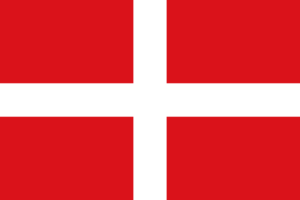
The George Cross originally appeared on the flag placed on a blue canton. The flag was changed on 21 September 1964 with Malta’s independence when the blue canton was replaced by a red fimbriation, the intention being that the Cross appear less prominent.
